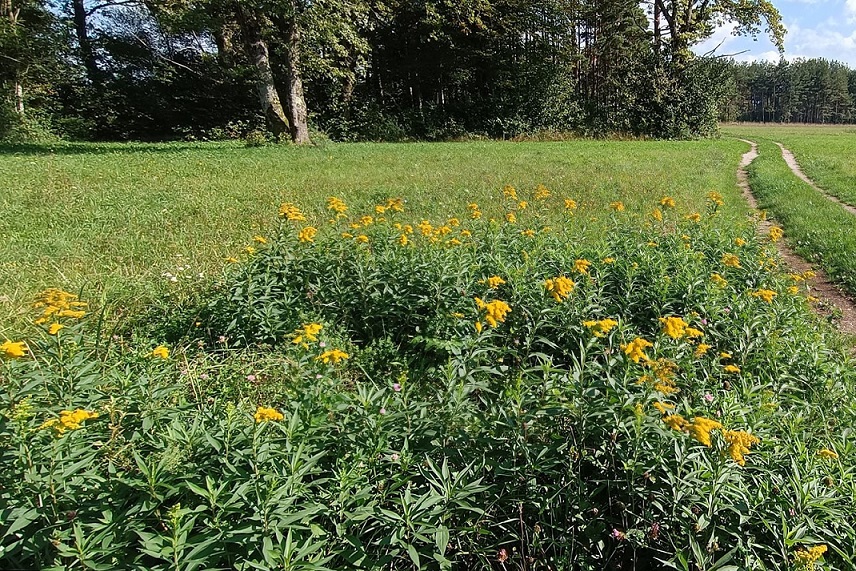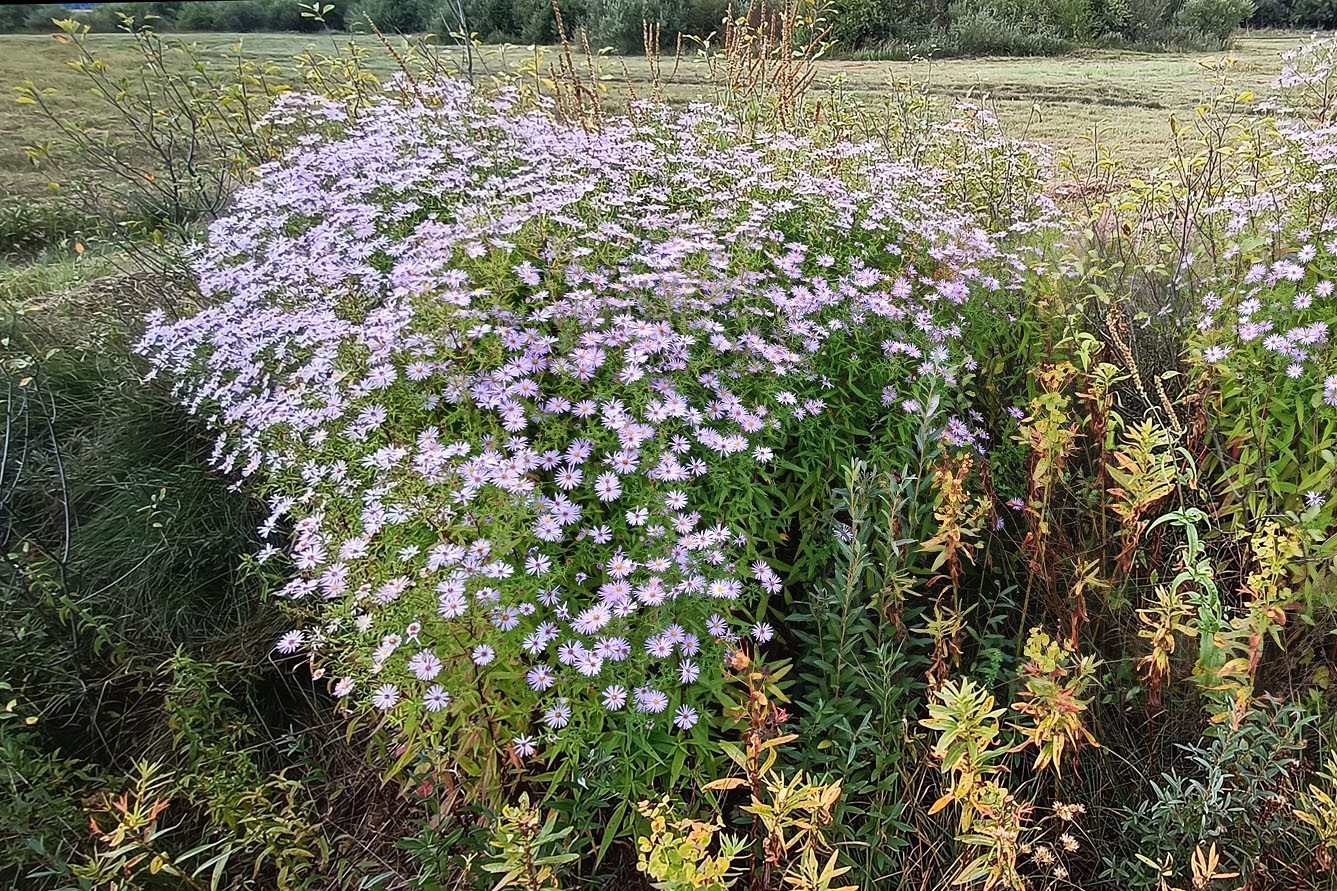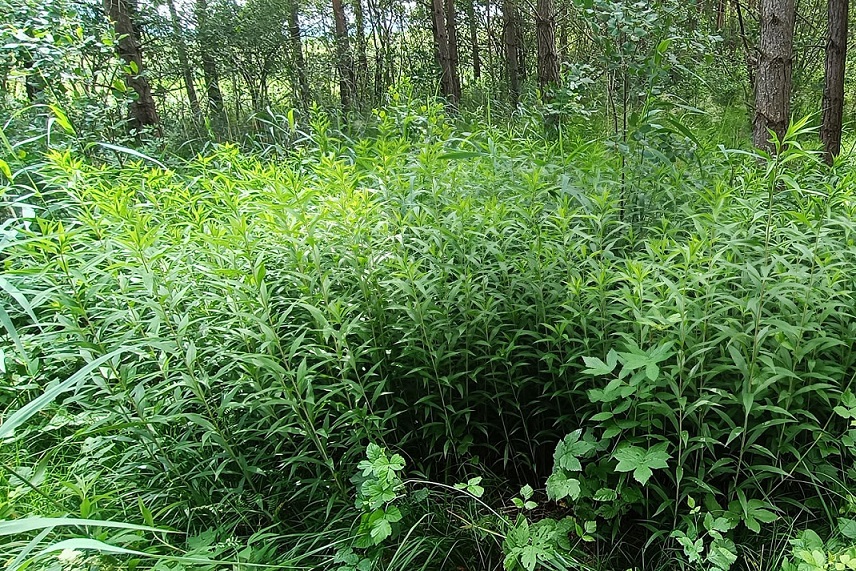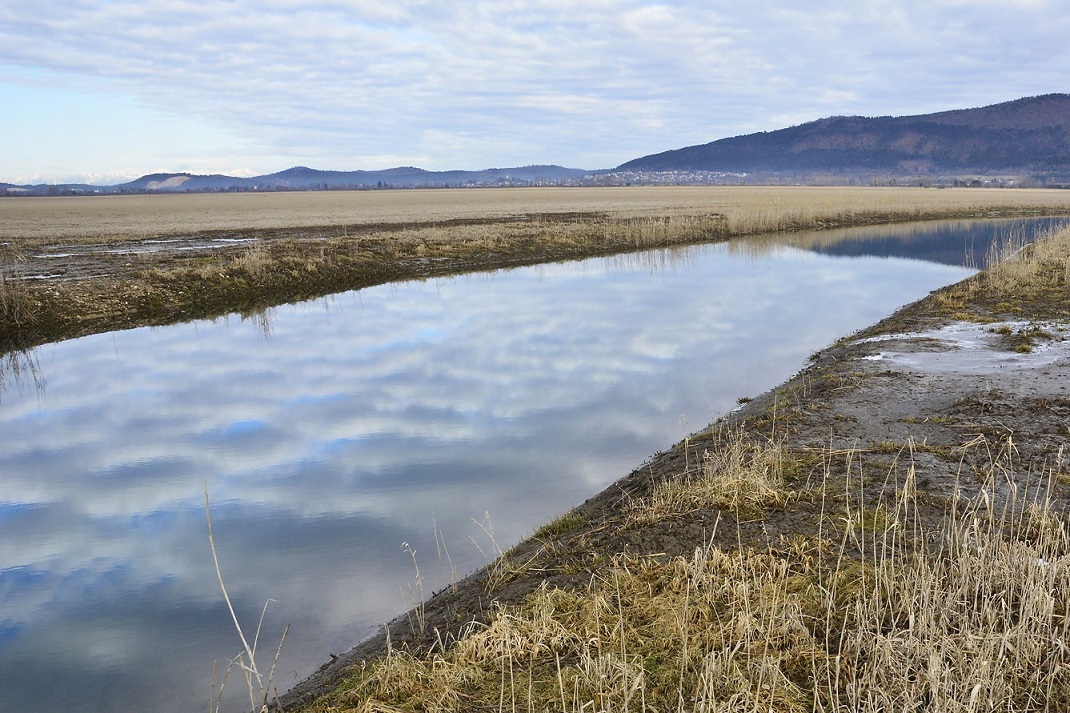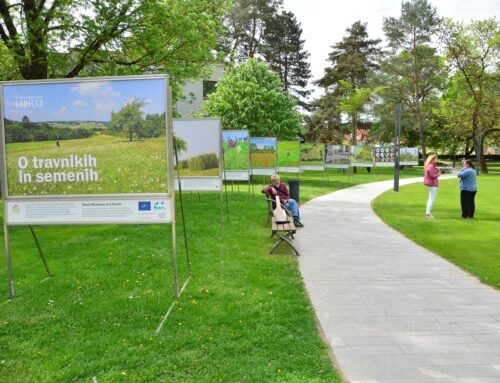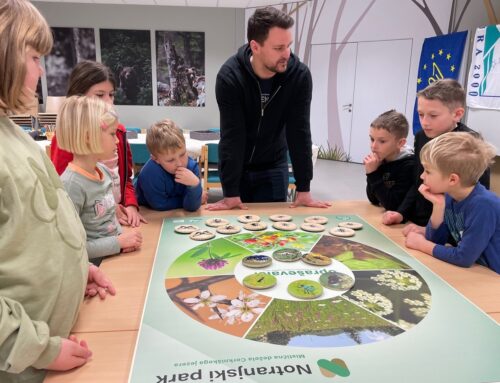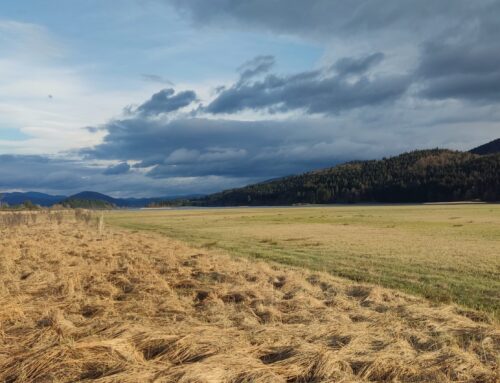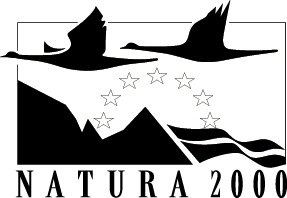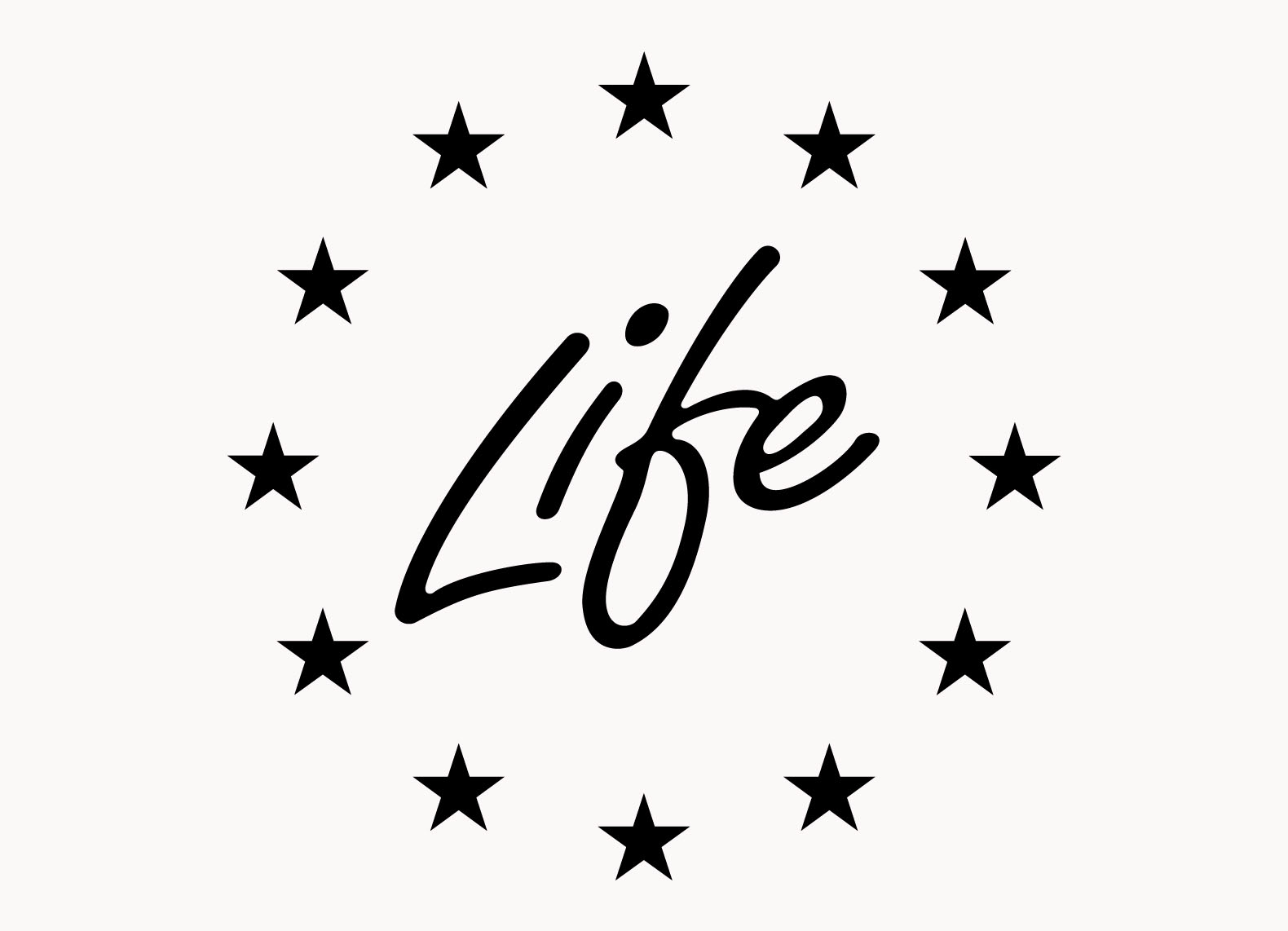In the scope of the project LIFE FOR SEEDS, we also undertook the restoration of habitats which were in poor condition for various reasons. In the area of intermittent Lake Cerknica in Notranjska Regional Park, we approached the restoration of meadow and marsh habitats in different ways. We’re going to restore habitats which were overgrown with bushes due to the abandonment of mowing or were degraded during the renaturation process of the river Stržen, where the use of heavy construction machinery was imminent.
This time, however, we will not present all the methods we have chosen for the restoration of various habitats, but one of the threats to their successful restoration – the alien invasive plant species or shorter IAS.
Invasive species are non-native species, which means that people have introduced them outside their natural range. Not all non-native species are invasive, but only the ones that for various reasons spread unstoppably in their new homeland. Invasive plants can form dense stands in a relatively short time and outgrow and displace the native vegetation.
Apart of invasive plants there are also invasive animals and fungi, but we will focus on plants, as they represent the greatest threat to successful habitat restoration. Invasive plants can take advantage of any activity in nature where new space is opened – the invasive plants quickly occupy bare ground and can spread further from there. Due to their ability to spread extremely fast, early detection of their stands and immediate action – removal, is the only more or less effective way to combat them.
On the moist soil of the intermittent Cerknica Lake we find several invasive plant species which the Notranjska Regional Park will deal with in the LIFE ORNAMENTAL-IAS project. Their locations were recorded as part of their regular work, and the list was expanded in the LIFE FOR SEEDS project during the actions of recording meadows important for nature conservation, mapping habitat types and collecting seeds for the seed bank.
The most widespread IAS at Cerknica Lake is the Canadian goldenrod (Solidago canadensis), which is in some places joined by the Giant goldenrod (Solidago gigantea), but one can also find Himalayan balsam (Impatiens glandulifera), Small balsam (Impatiens parviflora) and Japanese knotweed (Fallopia japonica) and some species from the genus of Coneflowers (Rudbeckia) and Asters (Aster) here. But perhaps there are (still) some hiding…


